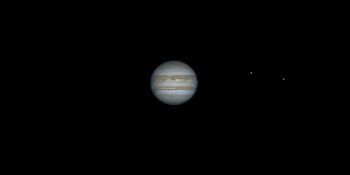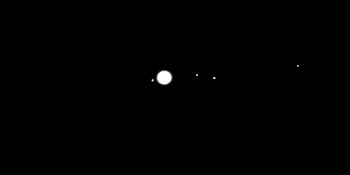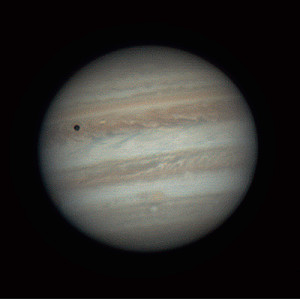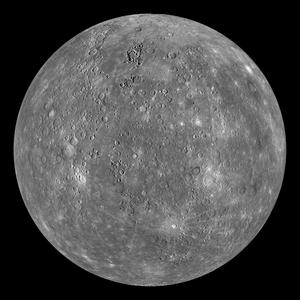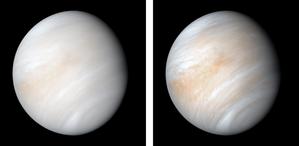Glossary term: 行星
Description: 根據國際天文學聯合會的定義,行星是指圍繞恆星或恆星殘餘物運行的天體,其體積足夠大,在自身引力作用下接近圓形,但質量不足以使其內核發生熱核聚變。它還必須足夠大,其引力才能將靠近恆星軌道的其他天體移走。因此,它們是寒冷的天體(與恆星相比),只能通過反射恆星的光在可見光波段發光,但它們也會在紅外波段發光。在太陽系中,有八顆行星圍繞太陽運行。行星基本上可能是岩石天體,比如內行星--水星、金星、地球和火星;也可能是主要由液態和氣態物質組成的天體,有一個小的固態核心,比如外行星--木星、土星、天王星和海王星。太陽系之外的行星被稱為太陽系外行星,簡稱系外行星。
Related Terms:
See this term in other languages
Term and definition status: The original definition of this term in English have been approved by a research astronomer and a teacher The translation of this term and its definition is still awaiting approval
This is an automated transliteration of the simplified Chinese translation of this term
The OAE Multilingual Glossary is a project of the IAU Office of Astronomy for Education (OAE) in collaboration with the IAU Office of Astronomy Outreach (OAO). The terms and definitions were chosen, written and reviewed by a collective effort from the OAE, the OAE Centers and Nodes, the OAE National Astronomy Education Coordinators (NAECs) and other volunteers. You can find a full list of credits here. All glossary terms and their definitions are released under a Creative Commons CC BY-4.0 license and should be credited to "IAU OAE".
If you notice a factual or translation error in this glossary term or definition then please get in touch.
Related Media
木星的自轉,作者 Vishal Sharma,印度
Credit: Vishal Sharma/IAU OAE
License: CC-BY-4.0 Creative Commons 姓名標示 4.0 國際 (CC BY 4.0) icons
木衛影片2,Nicolas Hurez,Paul-Antoine Matrangolo,和Carl Pennypacker,美國
Credit: Nicolas Hurez,Paul-Antoine Matrangolo 和 Carl Pennypacker/IAU OAE
License: CC-BY-4.0 Creative Commons 姓名標示 4.0 國際 (CC BY 4.0) icons
木星、木衛一及其陰影,作者:Ralf Burkart,德國
Credit: Ralf Burkart/IAU OAE
License: CC-BY-4.0 Creative Commons 姓名標示 4.0 國際 (CC BY 4.0) icons
水星
Credit: 美國國家航空航天局/約翰霍普金斯大學應用物理實驗室/華盛頓卡內基研究所 credit link
License: PD Public Domain icons
可見光下的金星
Credit: 美國宇航局/JPL-加州理工學院 credit link
License: PD Public Domain icons
Related Activities
Design Your Alien
astroEDU educational activity (links to astroEDU website) Description: Design an alien life form suited for an extra-terrestrial world.
License: CC-BY-4.0 Creative Commons 姓名標示 4.0 國際 (CC BY 4.0) icons
Tags:
Life
, Environment
, Extra-terrestrial
, Art
, Creativity
, Hands-on
, Alien
Age Ranges:
8-10
, 10-12
Education Level:
Primary
, Secondary
